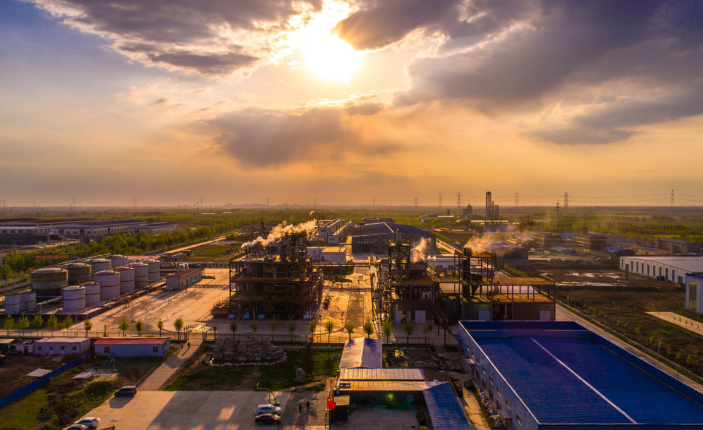Urea-formaldehyde (UF) glue is a thermosetting resin widely used in the woodworking and construction industries for bonding wood and other materials. The manufacturing process of UF glue involves several steps, from the synthesis of the resin to its formulation into a usable adhesive. Below is an in-depth explanation of the production of urea-formaldehyde glue, a process that combines chemistry, engineering, and precise control to achieve a high-quality adhesive product.
1. Raw Materials:
The primary raw materials for UF glue are urea and formaldehyde. Urea, a nitrogen-containing compound, is derived from ammonia and carbon dioxide. Formaldehyde, a simple organic compound, is commonly produced by the oxidation of methanol. The purity of these raw materials is crucial to the quality of the final adhesive. Impurities in urea or formaldehyde can lead to variations in the glue's performance and stability.
2. Synthesis of Urea-formaldehyde Resin:
The first step in the manufacturing process is the synthesis of the urea-formaldehyde resin. This reaction involves the condensation polymerization of urea and formaldehyde under controlled conditions of temperature, pressure, and pH.
In a typical reaction, urea and formaldehyde are mixed in the presence of a catalyst, often an acidic or basic substance, to facilitate the polymerization process. The reaction forms a three-dimensional network of urea and formaldehyde molecules, resulting in a thermosetting resin with excellent adhesive properties.
The reaction is exothermic, meaning it releases heat. To control the reaction temperature and prevent undesirable side reactions, precise temperature control is essential. Additionally, pH control is crucial to achieving the desired properties of the resin.

3. Reaction Stages:
The synthesis of urea-formaldehyde resin occurs in several stages:
- Methanol Addition: Formaldehyde is often supplied in the form of formalin, a solution containing formaldehyde in water with methanol as a stabilizer. Methanol is added to the reaction mixture to control the rate of polymerization and prevent premature gelation.
- Precondensation: The initial stage involves the formation of short chains through the reaction of urea and formaldehyde. This precondensation step is critical for controlling the molecular weight distribution of the final resin.
- Polycondensation: In this stage, the short chains formed in the precondensation step further react to create longer, cross-linked chains, resulting in a three-dimensional network. The reaction is continued until the desired viscosity and molecular weight are achieved.
- Post-condensation and Stabilization: After reaching the desired molecular weight, the resin is stabilized to prevent further polymerization during storage. This is typically achieved by adjusting the pH and temperature of the reaction mixture.
4. Formulation of Adhesive:
Once the urea-formaldehyde resin is synthesized and stabilized, it is formulated into an adhesive suitable for various applications. This involves diluting the resin with water and adding additional components to improve the adhesive's performance.
- Fillers and Extenders: Various fillers and extenders, such as wood flour or silica, may be added to the adhesive formulation to enhance its properties, reduce cost, and adjust the viscosity.
- Modifiers: Modifiers, such as plasticizers or curing agents, may be incorporated to improve flexibility, adhesion, or cure speed. These modifiers contribute to the adhesive's suitability for specific applications.
- Catalysts: Catalysts may be included to accelerate the curing process, especially in situations where a faster bonding time is required.
5. Quality Control:
Throughout the manufacturing process, quality control measures are implemented to ensure the consistency and reliability of the urea-formaldehyde glue. This includes testing the resin for viscosity, pH, and other relevant properties at various stages of production. Additionally, the final adhesive formulation undergoes rigorous testing to ensure it meets industry standards and customer specifications.
6. Packaging and Storage:
The final step in the manufacturing process involves packaging the urea-formaldehyde glue into containers suitable for storage and transportation. Proper packaging is crucial to prevent contamination and maintain the adhesive's stability.
Conclusion:
The production of urea-formaldehyde glue is a complex and highly controlled process that combines chemical engineering principles with precision manufacturing. From the synthesis of the resin to the formulation of the adhesive, each step requires careful attention to detail to ensure the adhesive's performance, stability, and reliability. The resulting urea-formaldehyde glue is a versatile and widely used adhesive in various industries, contributing to the strength and durability of bonded materials.
















